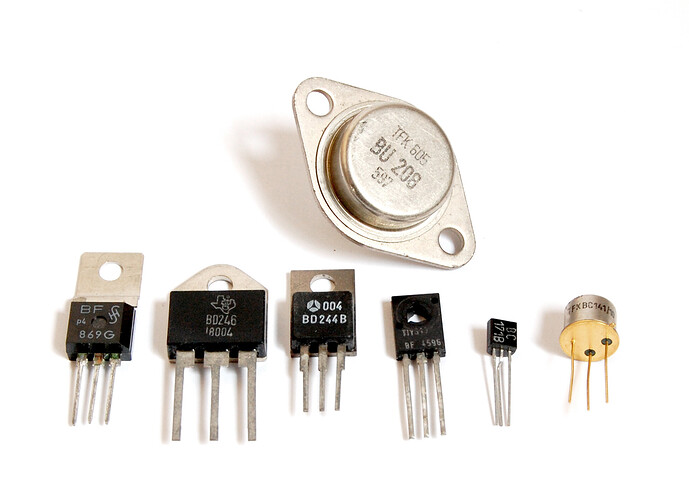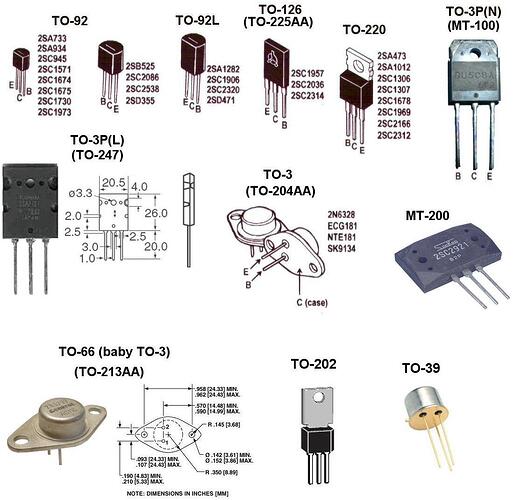Hello everyone,
My name is Jeff, a very new beginner for Arduino who urgently and desperately needs your help for a project. I would really appreciate your kindness if you can help me on this (I am sure it's really simple for you pro guys..):
In my project, I need to control a 3/2-way solenoid valve and a servo together, more precisely I need to synchronize the two parts. The 3/2-way means when the valve is closed, flow will go into the valve from gate A and come out from gate B. When the valve is open, flow will go into the valve from gate A and come out from gate C and subsequently be discharged through a nozzle. The nozzle can be open and closed controlled by a servo. So, what I want to achieve is that when the valve is open, the nozzle must be open simultaneously as well, and vice verse.
My question is that:
1). Based on my description, it this synchronization of two parts possible by using Arduino ? And basically how to do it especially the code (I only know how to control servo)...
2). By watching Youtube, I think I am confident to control the servo, but there is no detailed tutorial about controlling solenoid valve (including setup & especially the code). Anyone could give me a link (or even email me with a code sample ~~~~) to learn how to control a solenoid valve ?
If anyone could give me a hand on this, that will be really fantastic and save my day... Thank you very much.
Kind Regards,
Jeff



